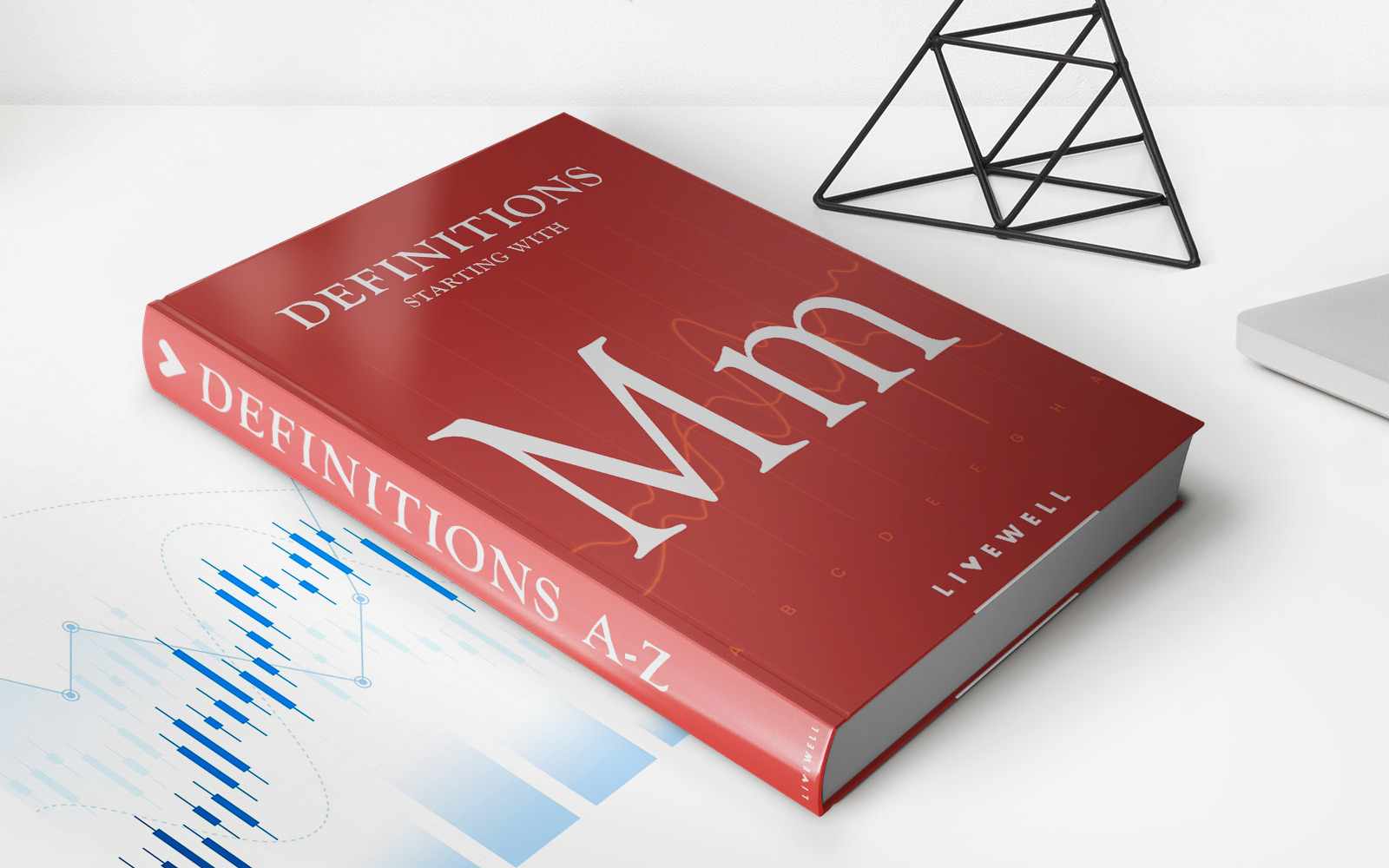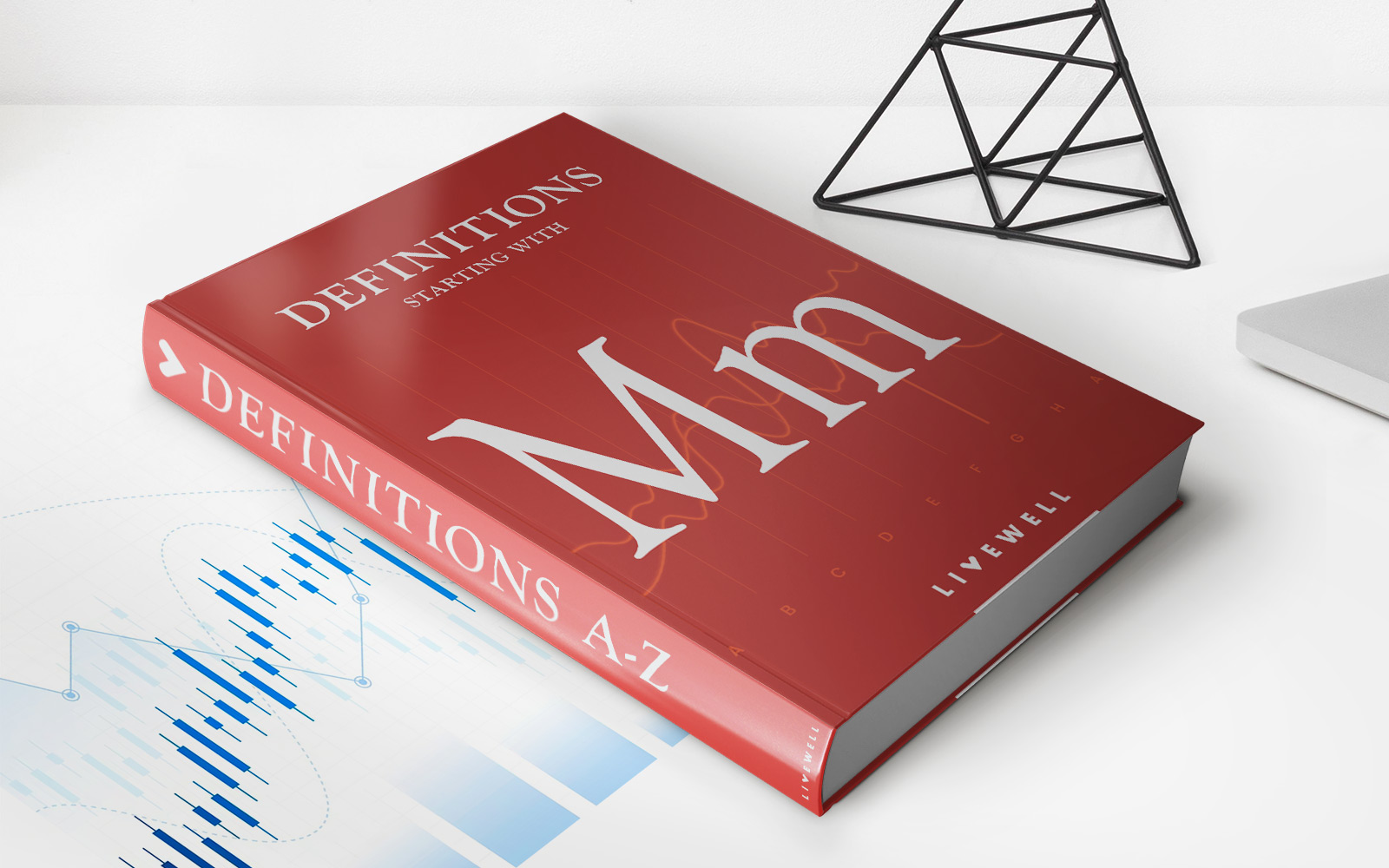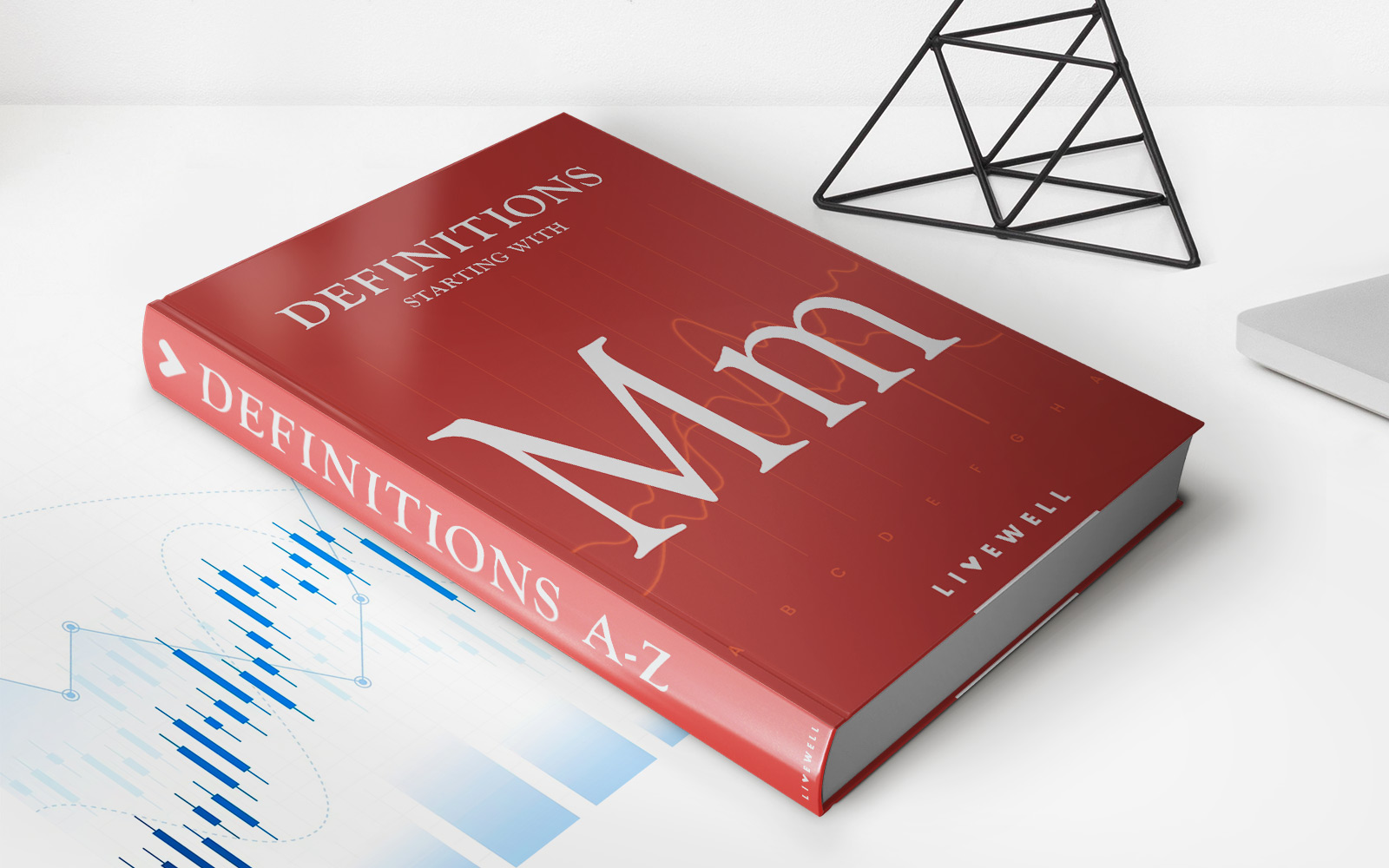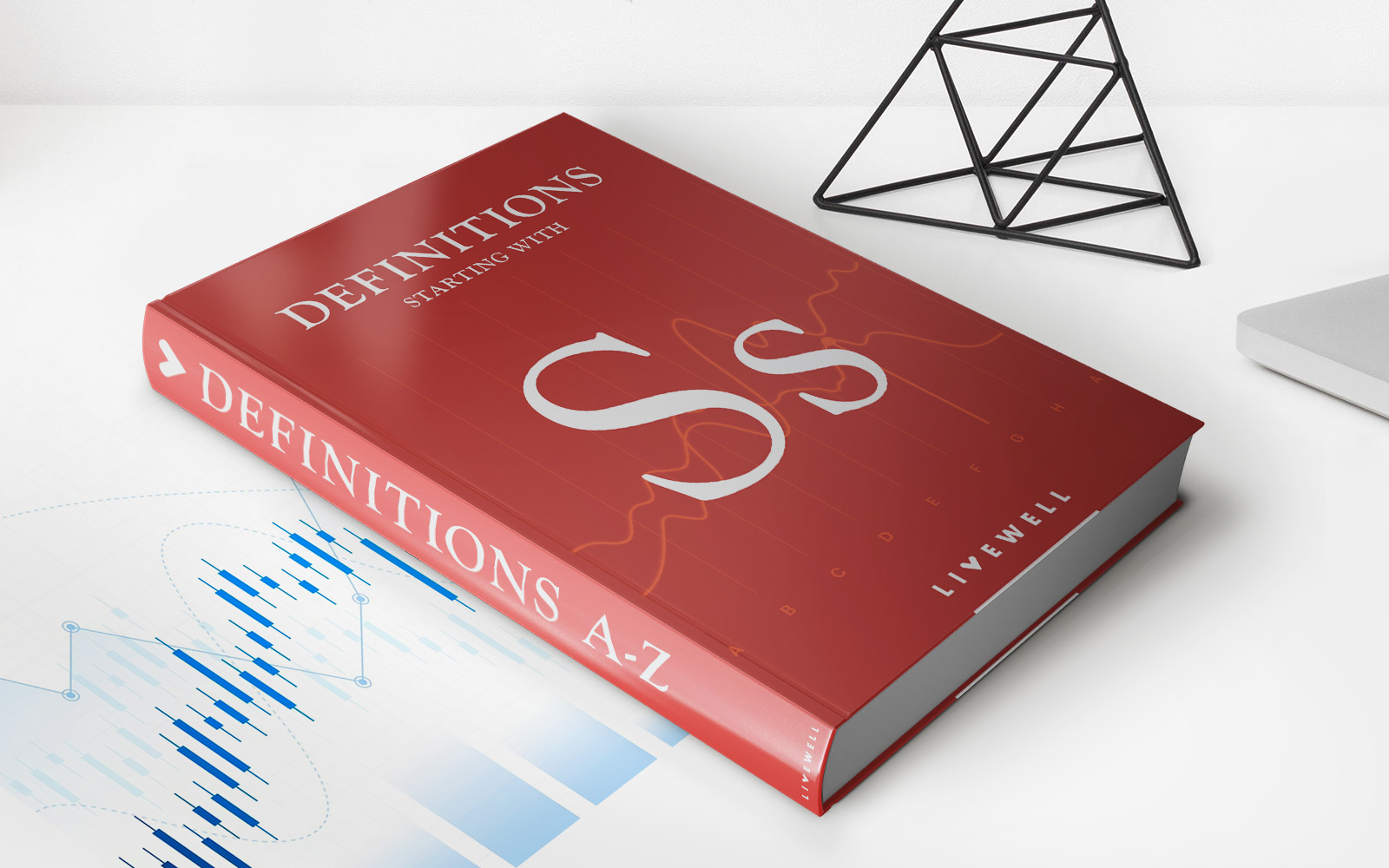Home>Finance>Micro Lot: Definition, Example, Trading Formula, Vs. Standard Lot


Finance
Micro Lot: Definition, Example, Trading Formula, Vs. Standard Lot
Published: December 25, 2023
Looking to understand the concept of micro lot in finance? Learn the definition, trading formula, examples, and how it differs from a standard lot.
(Many of the links in this article redirect to a specific reviewed product. Your purchase of these products through affiliate links helps to generate commission for LiveWell, at no extra cost. Learn more)
Understanding Micro Lot Trading in Finance
In the world of finance, there are various terms and concepts that can seem quite intimidating to the average investor. One such concept is the idea of trading in micro lots. But fear not! In this blog post, we will demystify the concept of micro lot trading and explain it in a way that is easy to understand. We will explore the definition of micro lots, provide examples, discuss the trading formula, and compare it to standard lots. By the end of this post, you will have a solid understanding of micro lot trading and its implications in the world of finance.
Key Takeaways:
- Micro lot trading allows investors to trade smaller units of a particular currency pair.
- Micro lot sizes typically range from 1,000 to 10,000 units of the base currency.
Definition of Micro Lot Trading
So, what exactly is a micro lot? In simple terms, a micro lot refers to a smaller unit size in forex trading. It allows investors to trade smaller amounts of a specific currency pair. To put it into perspective, a standard lot is equal to 100,000 units of the base currency. In contrast, a micro lot is a fraction of that size, typically ranging from 1,000 to 10,000 units.
Micro lot trading is especially popular among novice traders who are just starting out. It provides an opportunity to gain experience in the market without taking on excessive risks. By trading in smaller sizes, investors can limit their potential losses and gradually build their confidence and skills.
Example of Micro Lot Trading
Let’s say you are interested in trading the EUR/USD currency pair. If you decide to trade one micro lot of this pair, it means you are trading 1,000 units of the euro against the US dollar. Now, let’s assume that the current exchange rate is 1.1500. If you buy one micro lot at this rate and the price moves up by 20 pips (0.0020), you would make a profit of $2 (0.0020 * 1,000 units).
It’s important to note that the pip value will vary depending on the currency pair being traded and the size of the lot. The value of a pip for a micro lot of a specific currency pair can be calculated using the trading formula we will discuss next.
Trading Formula for Micro Lots
The trading formula for micro lots is relatively straightforward. To calculate the value of a pip for a micro lot, you can use the following formula:
Pip Value = (0.0001 / Current Exchange Rate) * Position Size
In this formula, the position size represents the number of micro lots you are trading. Once the pip value is calculated, you can determine the potential profit or loss based on the number of pips the price moves in your favor or against you.
Micro Lot vs. Standard Lot
Now that we have a good understanding of micro lots, let’s compare them to standard lots. As mentioned earlier, a standard lot consists of 100,000 units of the base currency. In contrast, a micro lot is much smaller, typically consisting of 1,000 to 10,000 units. Here are a few key differences between micro lots and standard lots:
- Size: A micro lot is significantly smaller than a standard lot.
- Risk: Trading in micro lots allows for lower risk exposure compared to standard lots. This is particularly useful for novice traders who want to dip their toes in the market.
- Flexibility: Micro lot trading provides greater flexibility since investors can trade smaller sizes and adjust their position sizes as per their risk appetite.
- Leverage: Micro lot trading allows for more precise control of leverage compared to standard lots.
It’s important to note that both micro lots and standard lots have their own benefits and drawbacks. The choice between the two depends on various factors such as trading experience, risk tolerance, and capital availability.
In Conclusion
Micro lot trading provides a valuable opportunity for investors to participate in the forex market in a controlled and manageable way. By trading in smaller unit sizes, investors can limit their risks, gain experience, and gradually build their trading skills. Whether you choose to trade micro lots or standard lots, it’s crucial to always conduct thorough research, develop a solid trading plan, and apply risk management strategies to achieve success in the world of finance.
We hope this blog post has shed some light on the concept of micro lot trading and provided you with a clear understanding of its definition, examples, trading formula, and comparison to standard lots. Happy trading!














